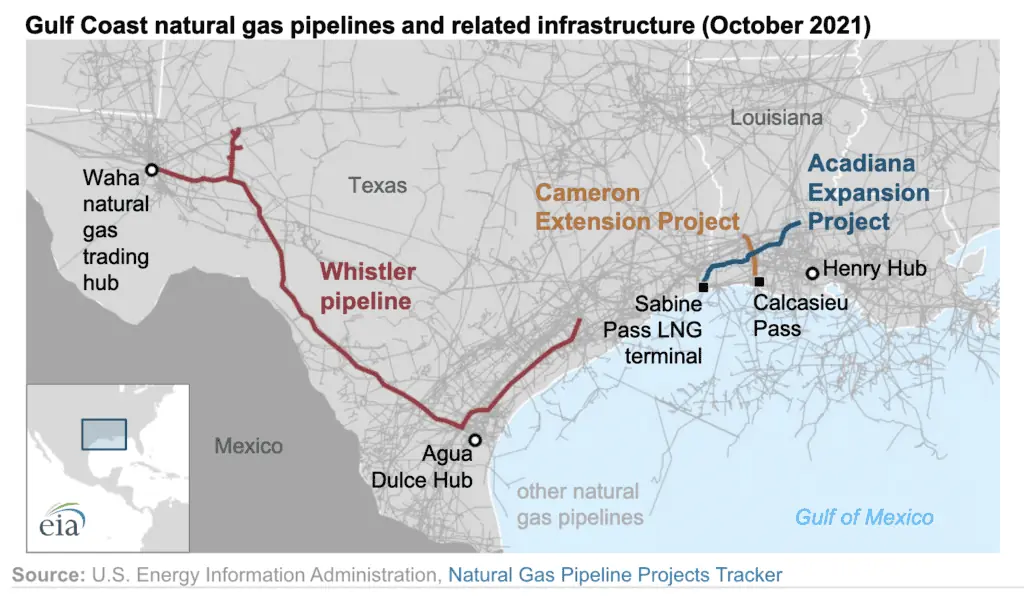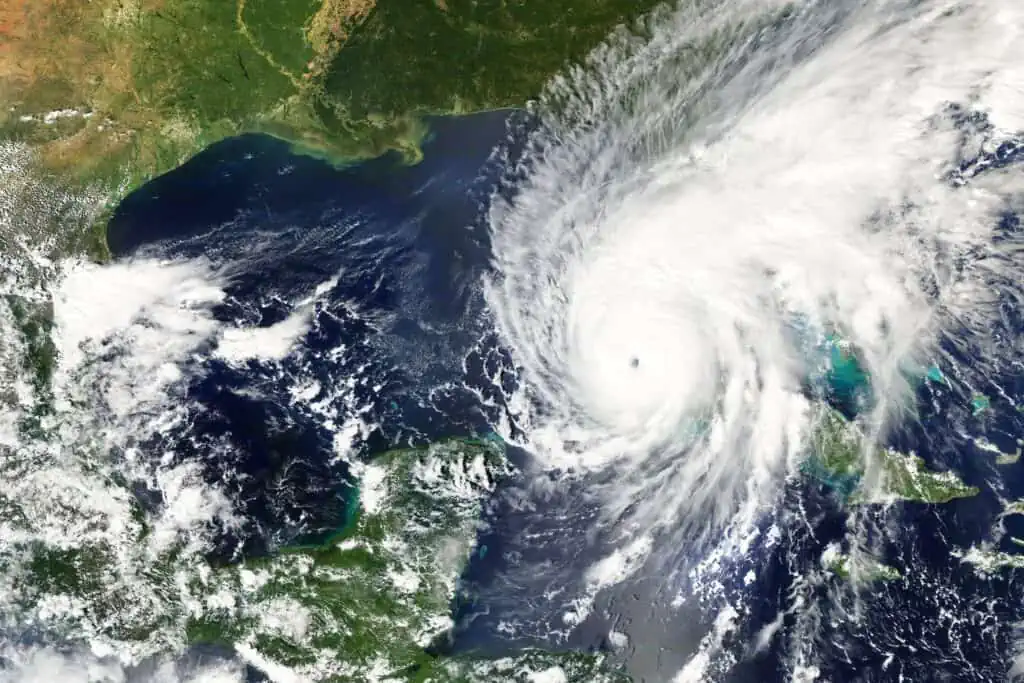Hurricane season is here with Hurricane Hillary impacting the West Coast last week and tropical storm activity already underway in the Atlantic.
Hurricanes and tropical storms can have significant effects on the energy market due to their potential to disrupt both the supply and demand sides of natural gas and electricity.
Supply Disruption
A major hurricane in the Gulf of Mexico can disrupt natural gas production and distribution. Many natural gas production facilities are located in the Gulf of Mexico and along coastal areas
Flooding, land slides, or any destruction caused by hurricanes can disrupt pipelines and the flow of gas from production sites to processing plants and consumers.

Supply + Demand
Natural gas is used for electricity generation in many areas. If hurricanes disrupt power plants, electricity demand could decrease, leading to reduced natural gas demand.
Industries that rely on natural gas for manufacturing processes might reduce their operations due to power outages or damage caused by the hurricane. This could result in lower natural gas demand.
Residential and Commercial Use: In areas affected by hurricanes, people might evacuate or experience disruptions in their daily routines, affecting residential and commercial natural gas consumption.
Infrastructure Damage
After a hurricane passes, the damage caused to infrastructure can lead to longer-term effects on the natural gas market. Repairs and recovery efforts can take weeks or even months, impacting both supply and demand dynamics.
Price Volatility
The combination of reduced supply and fluctuating demand can lead to increased price volatility in the natural gas market. If production is disrupted more than demand, prices could rise due to supply shortages. On the other hand, if demand decreases more than supply, prices could drop.
Transportation and Storage
Hurricanes can also disrupt transportation and storage of natural gas. Ports might close, preventing the arrival of liquefied natural gas (LNG) shipments, and storage facilities might be damaged, affecting supply availability.
The United States has more than 12 billion cubic feet per day of liquefied natural gas (LNG) export capacity located on the Gulf Coast.
It’s important to note that the extent of the impact on the natural gas market depends on various factors, including the severity of the hurricane, the region it affects, and the infrastructure in place.
For more information on how we expect this years hurricane activity to affect the market – reach out to your Energy Advisor.
